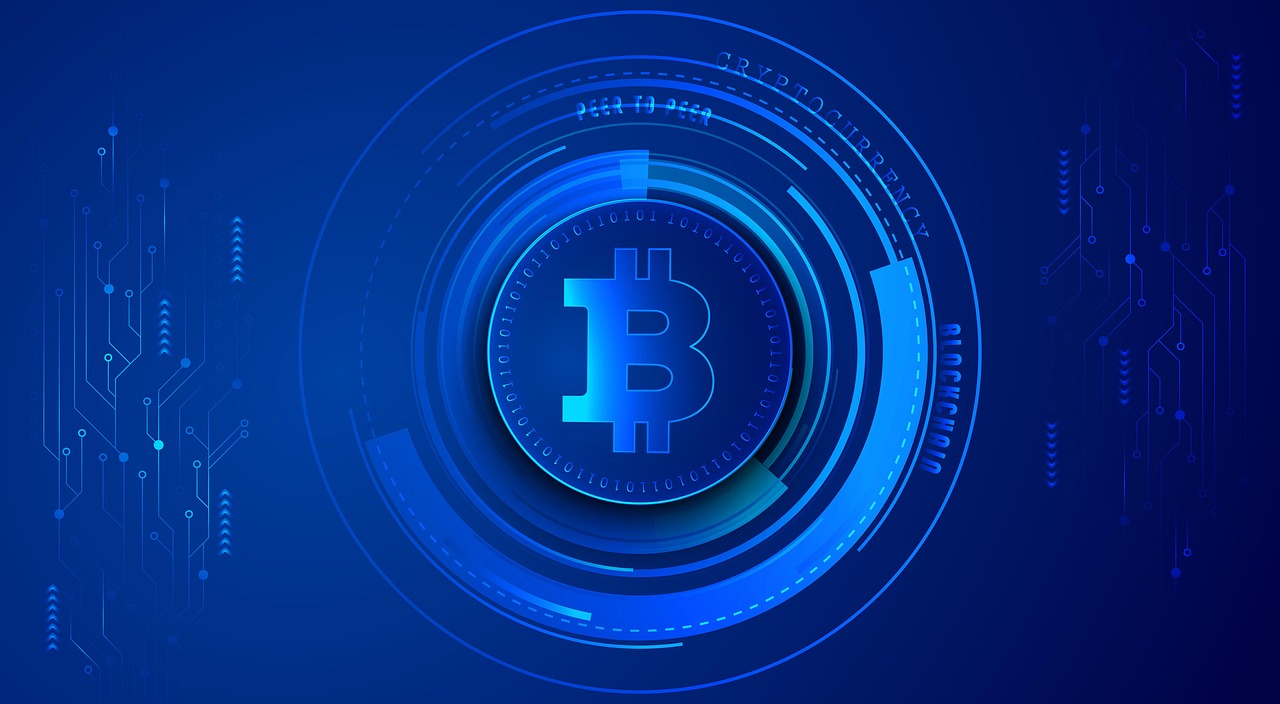2025-04-28 15:23:37
Which Coins Can Be Mined?

Hundreds of cryptocurrencies are available for mining, but not all are equally promising. Algorithms change, equipment becomes more expensive, and regulation tightens — all of which affect profitability.
Let’s take a look at which coins can be mined, how to choose equipment, and how to make crypto mining more profitable.
Content
Why Mine Cryptocurrency?
Key Factors Affecting Mining Profitability
What Is Profitable to Mine in 2025?
Is It Possible to Mine Cardano, Polkadot, Solana, BNB, AVAX, and Matic?
How to Improve Mining Profitability in 2025?
How to Choose Mining Equipment?
Consensus Algorithms in Mining
Mining on Graphics Cards vs. Processors
ASIC-resistant Cryptocurrencies
Conclusion
Why Mine Cryptocurrency?
During mining, computers solve complex mathematical problems, confirming transactions on the blockchain. In essence, miners increase the security and stability of the crypto network, enabling it to operate without centralized control. For their participation, they receive new coins or commission fees.
Key Factors Affecting Mining Profitability
When choosing what to mine, also pay attention to the conditions that affect the level of earnings.
Electricity costs
Electricity is a miner’s main expense: the cheaper the rate, the higher the chances of making a profit.
Network complexity
This factor depends on the amount of computing power involved in mining. The more participants there are, the more difficult it is to mine new blocks.
Cryptocurrency price
If the price of a coin rises, mining becomes more profitable. When the price falls, on the contrary, income decreases and, in some cases, may not cover expenses.
Mining equipment
ASIC devices or less powerful graphics processing units (GPUs) and central processing units (CPUs) can be used to mine new coins.
What Is Profitable to Mine in 2025?
Many novice and experienced crypto investors ask themselves, “What to mine now to make a real profit?” Below, we discuss the current and promising options.
Bitcoin (BTC)
The most famous cryptocurrency with high liquidity. Mining BTC requires expensive ASIC devices and a stable power supply and is suitable for those ready for large investments.
Litecoin (LTC)
It runs on the Scrypt algorithm and is mined at a lower cost than BTC. Both ASICs and GPUs can be used to mine LTC.
Ethereum Classic (ETC)
This coin supports mining on video cards, making it accessible for home farms (a setup for mining cryptocurrency that combines several devices).
Monero (XMR)
A private cryptocurrency that can even be mined on processors. It does not require powerful farms, which reduces start-up costs. XMR is attractive to those who value anonymity and want to mine with minimal investment.
Dogecoin (DOGE)
A fun and popular coin supported by famous personalities. High price volatility makes income unpredictable but sometimes highly profitable. ASIC devices and video cards can be used to mine DOGE.
Bitcoin Cash (BCH)
An alternative to Bitcoin, compatible with the same equipment. BCH has lower returns but is suitable as an option for diversifying mining.
Kaspa (KAS)
A relatively new but promising project that runs on GPUs and features fast block processing. It is popular among those who want to experiment with new coins at a moderate cost.
Is It Possible to Mine Cardano, Polkadot, Solana, BNB, AVAX, and Matic?
BNB, MATIC, AVAX, ADA, SOL, and DOT are based on the Proof-of-Stake mechanism and its variations, which do not support mining. Instead, staking is used — “freezing” coins in user wallets to support the blockchain. Participants receive a reward for this, the amount of which depends on the amount invested and the network conditions.
How to Improve Mining Profitability in 2025?
We have prepared recommendations to help you increase your earnings:
- Join a mining pool. Teaming up with other miners helps you earn a stable income.
- Follow network news. Halving, algorithm updates, or changes in difficulty can greatly affect profitability.
- Consider taxes. In some countries, such as Denmark, Slovenia, Japan, and Sweden, income from cryptocurrencies, including mining, is taxed at up to 55%.
- Automate processes. Special programs for managing mining farms can notify you of failures on time, reducing downtime.
How to Choose Mining Equipment?
The choice of equipment depends on which cryptocurrency you plan to mine and how much you are willing to invest:
- ASIC miners are the most powerful devices, tailored to specific algorithms (e.g., SHA-256 for Bitcoin).
- Video cards are a versatile option for mining altcoins (e.g., Ethereum Classic, Kaspa).
- Processors are mainly used for mining secure coins, such as Monero.
When making your choice, it is important to evaluate the equipment’s payback period, energy consumption, and service life.
Consensus Algorithms in Mining
Proof of Work (PoW) is the only network mechanism that allows crypto mining using computing power.
The Proof of Work (PoW) Concept
The essence of PoW is the use of computing power. Whoever solves the problem first “writes” the block to the blockchain and earns cryptocurrency. This process requires energy and performance, and the complexity of the tasks increases over time.
Varieties of PoW algorithms
There are many PoW variations, each requiring specific equipment:
- SHA-256 is used for mining Bitcoin on ASIC devices.
- Scrypt is used for Litecoin and Dogecoin. Previously unavailable for ASIC, it now also requires special equipment.
- Ethash/Etchash are algorithms used in Ethereum and its forks. They are suitable for GPUs, but ASIC solutions already exist.
- KHeavyHash was developed for Kaspa and requires high-performance ASICs.
- X11–X17 are multi-layer algorithms often used in Dash and other coins.
- Octopus, ProgPOW, and Cuckoo are modern algorithms with ASIC protection that are mined on graphics cards.
When deciding what to mine, find out which algorithm the cryptocurrency uses and which devices are suitable for mining it.
Mining on Graphics Cards vs. Processors
Video cards and processors are the two main types of mining hardware. The choice depends on the coin, budget, and goals.
Pros and cons of mining on video cards
Let’s look at the advantages:
- Compatibility with many coins.
- High hash rate — a better chance of finding a block.
- You can build a farm from several GPUs.
- Video cards are easier to resell or use for other tasks.
The disadvantages of GPUs include the high cost of powerful models, high power consumption, noise, and the need for regular cooling and configuration.
Mining on processors: Possibilities and limitations
Advantages of CPUs:
- Cheap to get started — suitable for beginners and testing.
- Accessibility — you can mine directly from a regular PC.
- Suitable for coins with high privacy (e.g., Monero).
Limitations include a narrow selection of coins, overheating, and rapid wear and tear under high loads.
ASIC-resistant Cryptocurrencies
Some cryptocurrencies are designed from the outset to be ASIC-resistant. The goal is to preserve decentralization and prevent domination by large players with expensive equipment. ASIC-resistant coins are mined using processors and graphics cards, allowing miners to remain competitive even on a limited budget. Examples of such cryptocurrencies include Monero (XMR), Ravencoin (RVN), Vertcoin (VTC), and Firo (FIRO).
Conclusion
Mining is an effective way to earn money with crypto. Choosing the right coin, setting up your equipment correctly, and following market news are essential to make a profit. The list of the most profitable cryptocurrencies for mining includes Bitcoin, Litecoin, Ethereum Classic, Monero, Dogecoin, Bitcoin Cash, and Kaspa. You can start with a CPU or GPU and gradually increase your power.
Want to exchange Bitcoin to cash?
ObmenAT24 offers a favorable exchange rate and low fees. Our branches operate in all major cities of Ukraine. Security and anonymity are guaranteed!



